1260 lbs // 53 parts
Lights for sending simple information. This light array displays the intensity of the input.
It is suitable for modern and futuristic cars, trains, aircraft, nuclear power plants, and bombs. Also great as part of a HUD system (if you could look past the fact that it's not transparent).
Each light Ln lights up when the input is at (10n)%. Simply put, the first light lights up when the input is at 10%, the second at 20%, and so on.
No parts were mass scaled. Contains scaled parts.
--- INSTALL INFORMATION: ---
( i ) Modification before Saving:
Accepts scaling with FineTuner. Always use relative scale; this creation includes scaled parts.
( i ) Saving as Subassembly:
Grab from the orange block. (Feel free to paint it afterwards)
( i ) Installing on a Creation:
This array consists of many parts arranged in a compact manner. Installation can be difficult. Do not grab by the fuselage block "loops" on the top and bottom. They may look useless, but parts were connected to and nudged from them. However, they can be nudged to hide them or make the system more compact.
NOT MIRROR FRIENDLY - includes nudged parts. To obtain a mirrored version, make sure the array is separated and far enough from the rest of the creation, then grab the frame and rotate it.
To change the input detected by the array, change the input of the 10 pistons.
--- End INSTALL INFORMATION ---
--- TECHNICAL INFORMATION ---
This section shows how the light array works.
You will notice there are 10 subsystems, each consisting of a piston, a spring, an activated light and a deactivated light. The subsystem pushes the activated light through the deactivated light, causing the change in appearance.
This works on the fact that lights with showHalo="false" do not actually produce actual light; in fact they change their texture to one that is brightly colored and is not affected by surrounding lighting conditions. The way that textures are visible allows for the changing of colors when a block is pushed through another block.
Each of the subsystems is exactly the same, except for the piston, spring, and activated light being shifted slightly in the z-axis. The shift is in such a way that it takes a certain intensity of input for the deactivated light to pass the activated light. Every piston is set to extend by 0.05 Unity length units, or 0.1 blocks.
Each subsystem is numbered Ln where n=1 is the leftmost part, and n=2 is the second part, and so on. The distance between the activated and the deactivated light can be calculated as roughly
0.005n - 0.001
(The additional 0.001 is to prevent the flashing texture caused by objects in the exact same location)
However, this means that the lights would not appear straight when fully activated. The quick fix was a spring fitted between the piston and the deactivated light, with an added thin fuselage block on the inlet acting as a cover. The lock system keeps the lights almost perfectly straight.
--- End TECHNICAL INFORMATION ---
DESIGNING METERS WITH THIS CONCEPT:
Watch and learn. Take apart this creation to see how each subsystem is built and works together.
DISCLAIMER:
- Only works properly on high physics - the last light fails to work otherwise
- Not tested in a scaled or mass scaled condition. However, it should still work.
- Due to technical difficulties, lights can partially light up 1-2% before the required input intensity.*
Usage Terms:
- Credit is required if using this exact subassembly.
- Credit is not required, but recommended if using a modified version of this concept.
* let's just say that this is like an old light bulb system that also has such problems - light bulbs can still light up when the required amount of electricity is not reached, albeit very dimly.
Specifications
General Characteristics
- Created On Android
- Wingspan 4.3ft (1.3m)
- Length 11.7ft (3.6m)
- Height 3.5ft (1.1m)
- Empty Weight 1,259lbs (571kg)
- Loaded Weight 1,259lbs (571kg)
Performance
- Wing Loading 439,839.3lbs/ft2 (2,147,483.6kg/m2)
- Wing Area 0.0ft2 (0.0m2)
- Drag Points 923
Parts
- Number of Parts 56
- Control Surfaces 0
- Performance Cost 327

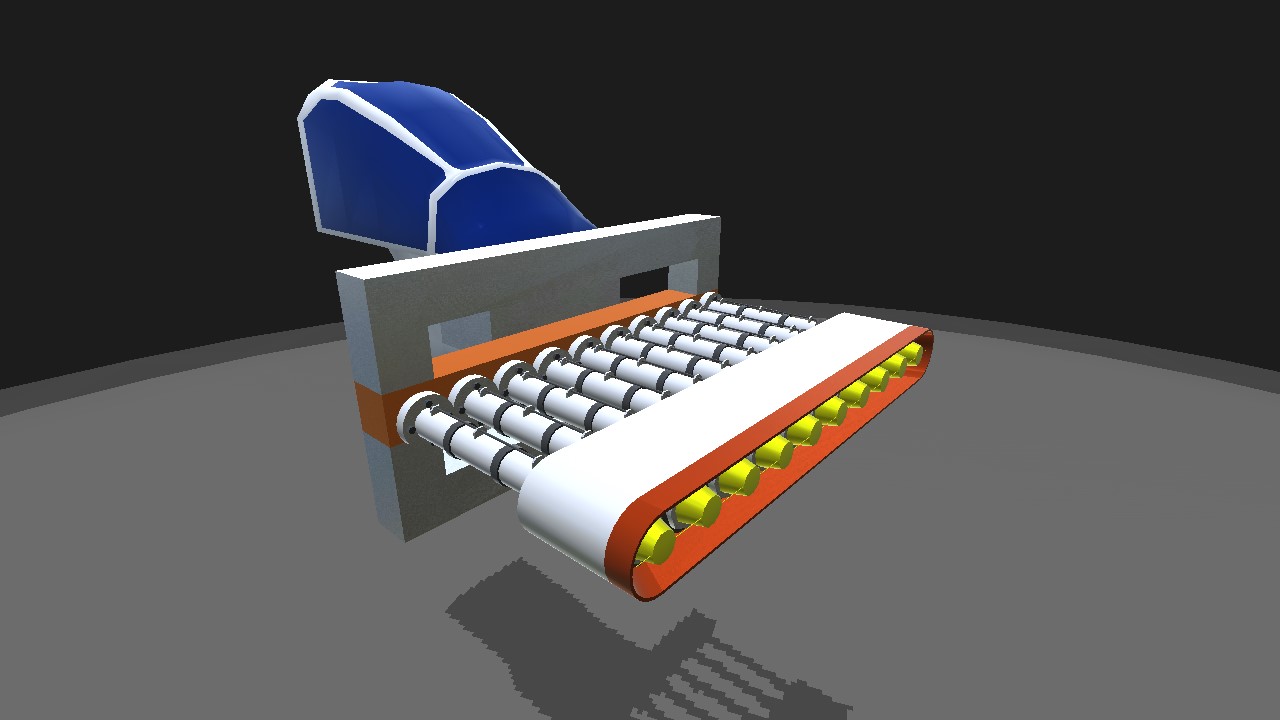
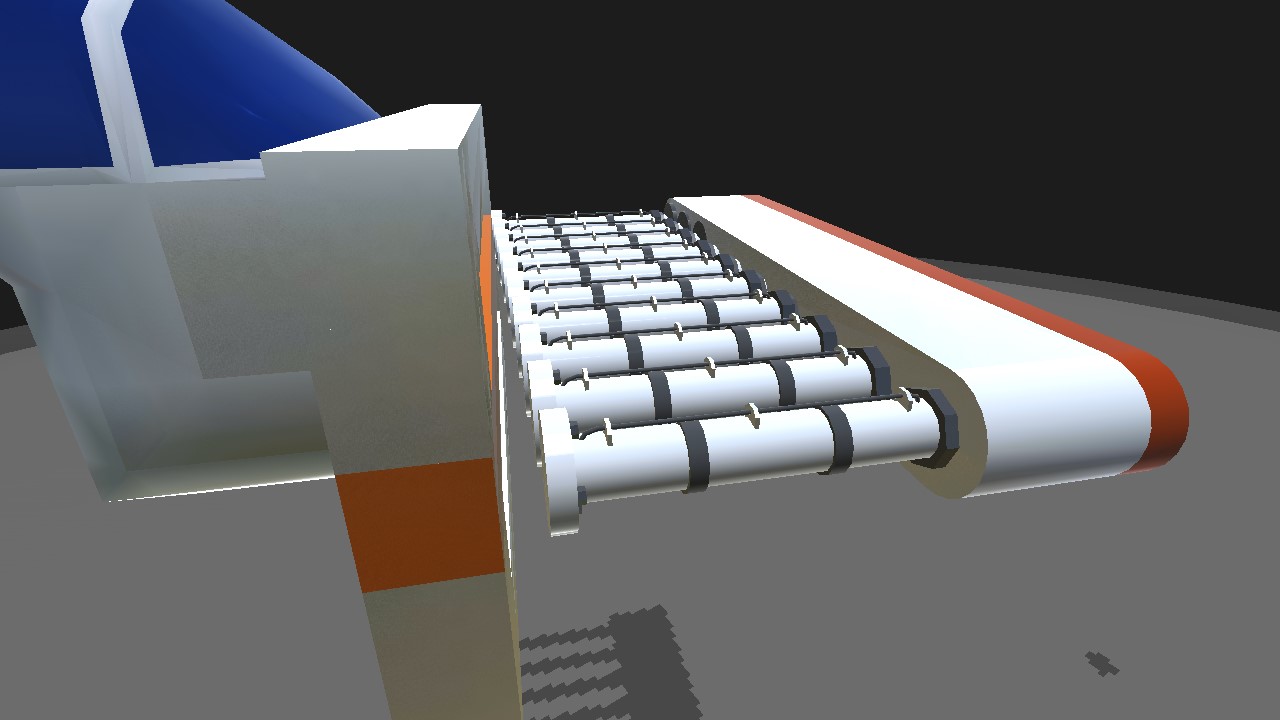
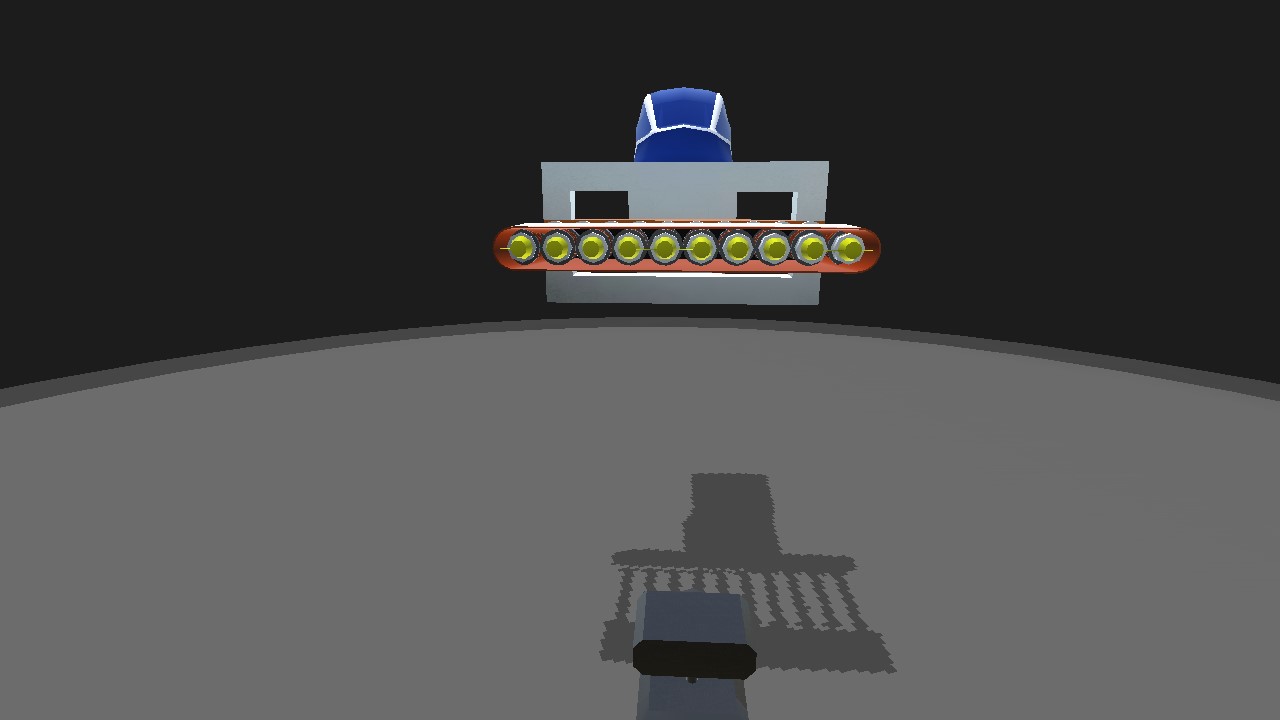
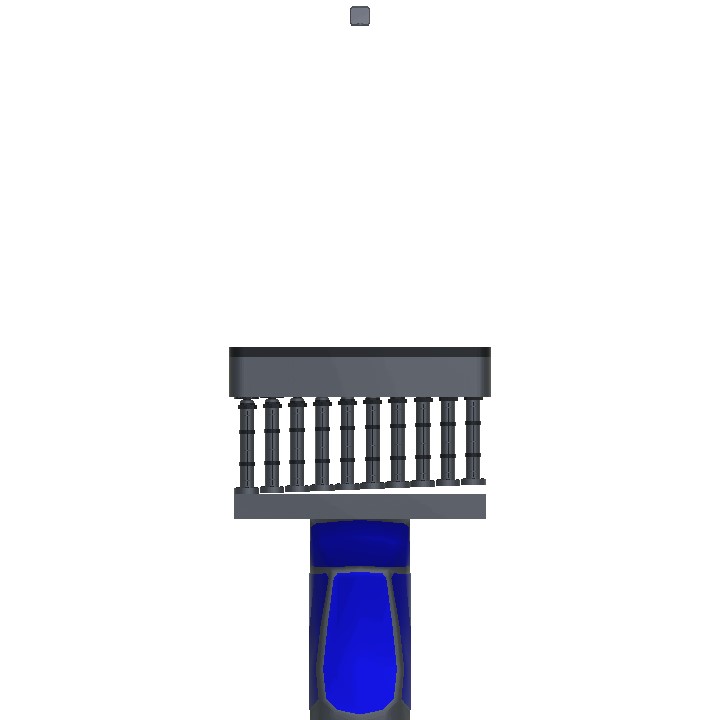
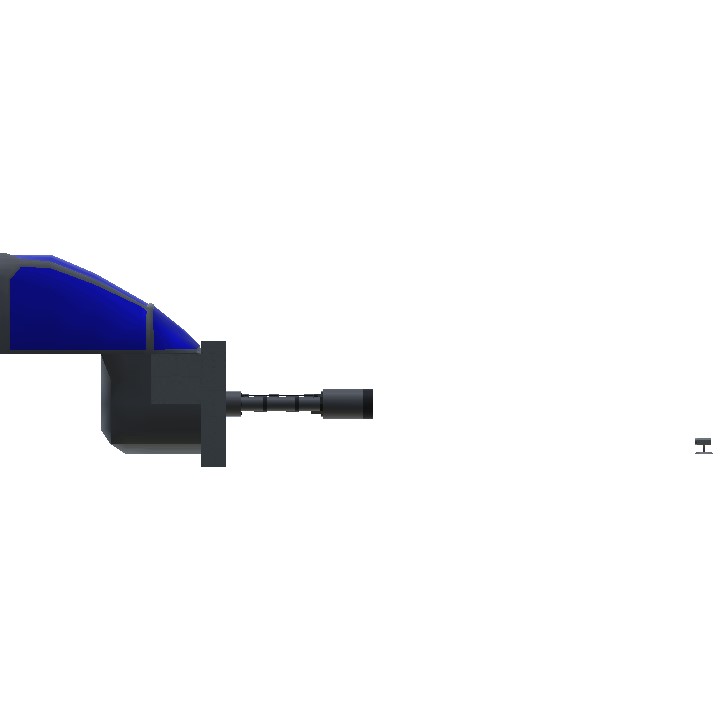

I like it!